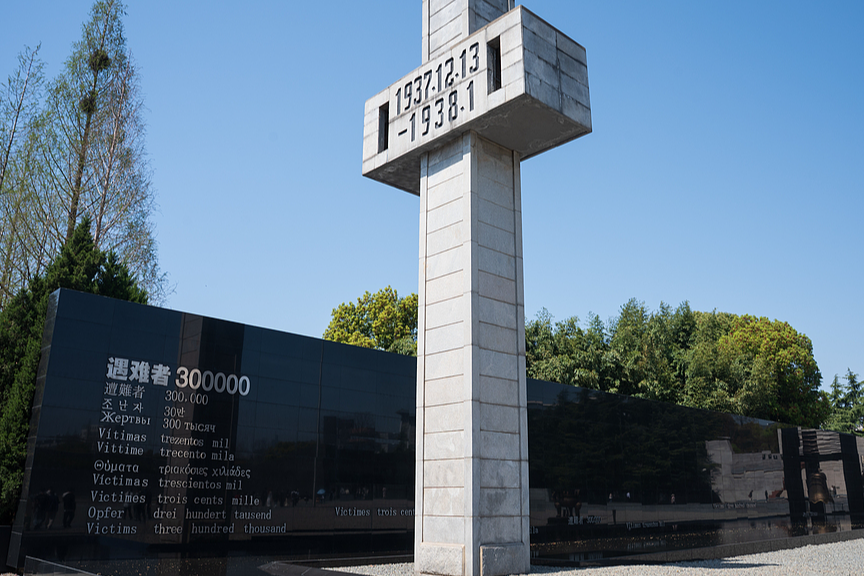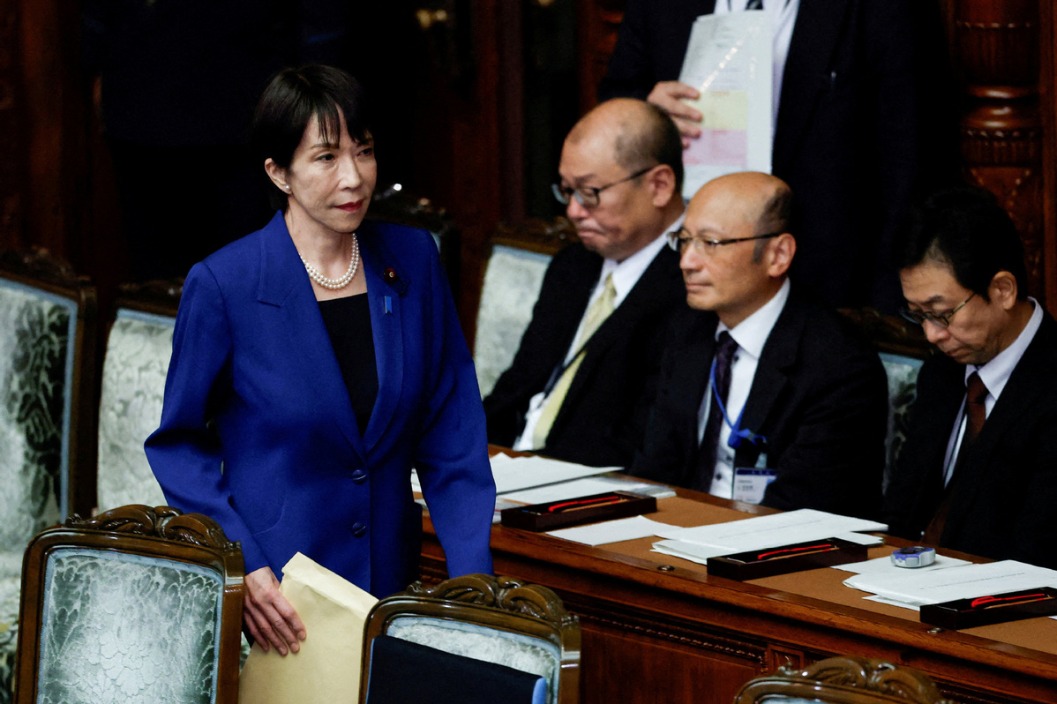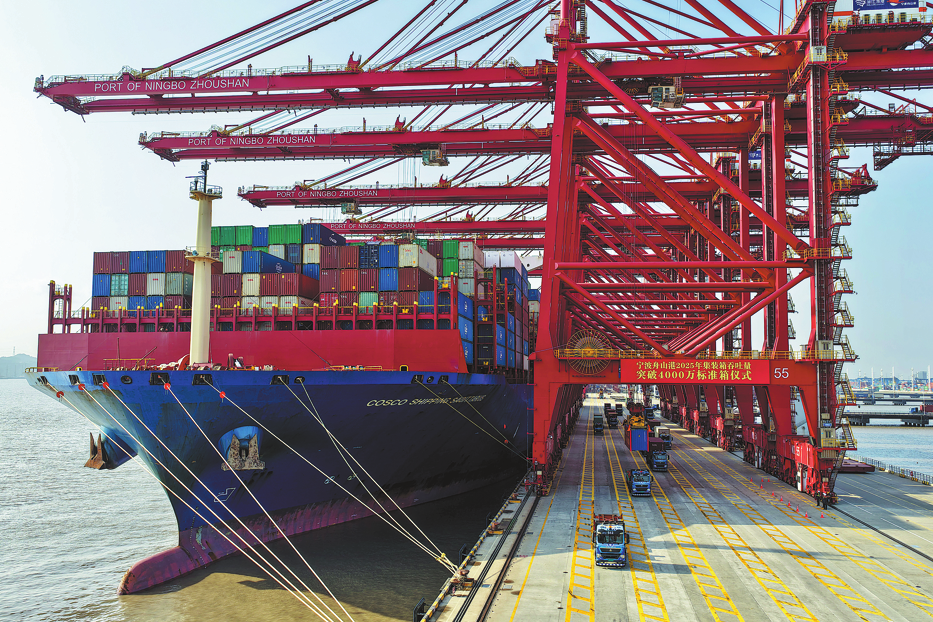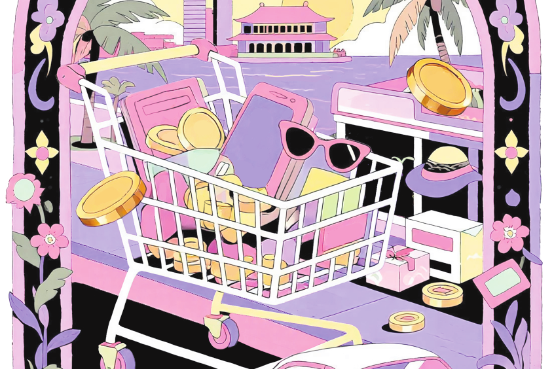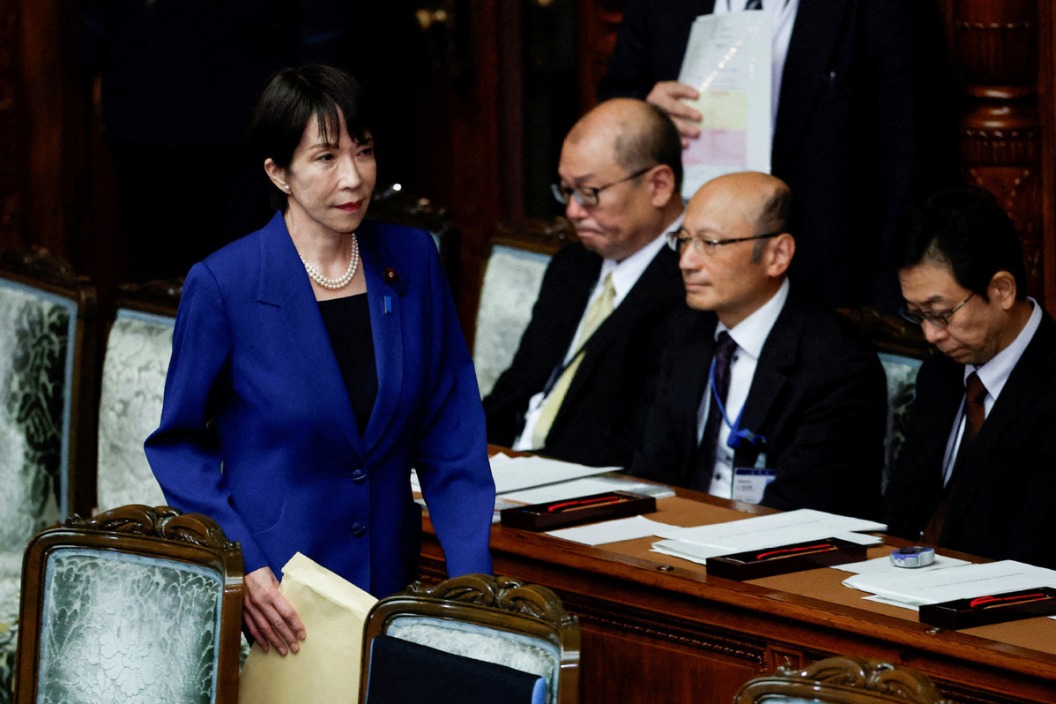Toilet revolution: What's next?

Enhancing public toilet facilities at school
Fu Changbo, professor of China Academy of Social Management and School of Sociology at Beijing Normal University.
Clean toilets as public facilities are the cornerstone of a civilized society that everyone must visit and will spend an average of three years in his or her whole life. It is remarkable the government has lifted the "toilet revolution" to the national height and successfully accomplished the first three-year goal by greatly increasing the total number of public bathrooms nationwide with more specific policies.
However, the campaign led by the National Tourism Administration in the first three years mainly concentrated on the improvement of restrooms at scenic sites. Thus, as an organic whole, modernizing public bathrooms in cities should speed up in the next step.
Moreover, to balance the development of areas by building clean restrooms in both urban and rural areas also should be stressed since simple pit toilets lacking a flushing system are usual in the countryside and public resources should be equally accessible to everyone. Apart from toilet construction, underground drainage system and whether toilet paper is provided also are very important.
In fact, many school children in China are constipated, as they try to drink as little water as possible at school thanks to the appalling standards of restroom hygiene. The enhancement of public toilet facilities at school will not only promote the fitness of students but also help change old ideas from the younger generation by including hygiene as part of quality education.
Our neighbor Japan has set a good example: a Japanese student once spent 30 minutes in the toilet just trying to fix the broken flush valve after using it - he thought it was his responsibility to keep the toilet clean.
Aside from improving sanitation, some five-star restrooms featuring crystal chandeliers, marble floors and even LCD TVs appeared during the campaign. In my opinion, some places with good economic conditions could to some extent invest more money to make some decoration and equipment improvements. However, facelift projects that only look good but serve to give some officials a better chance of being promoted should be avoided.
It is hard for government alone to push the "toilet revolution" in the long run due to the huge cost, and enterprises and civil society groups should also be introduced to explore new models to decrease expenditure or even make the toilets self-sustaining.
The "toilet revolution" also needs coordination between the different government authorities, such as the National Tourism Administration and the Ministry of Housing and Urban-Rural Development to push forward and achieve final success.


















